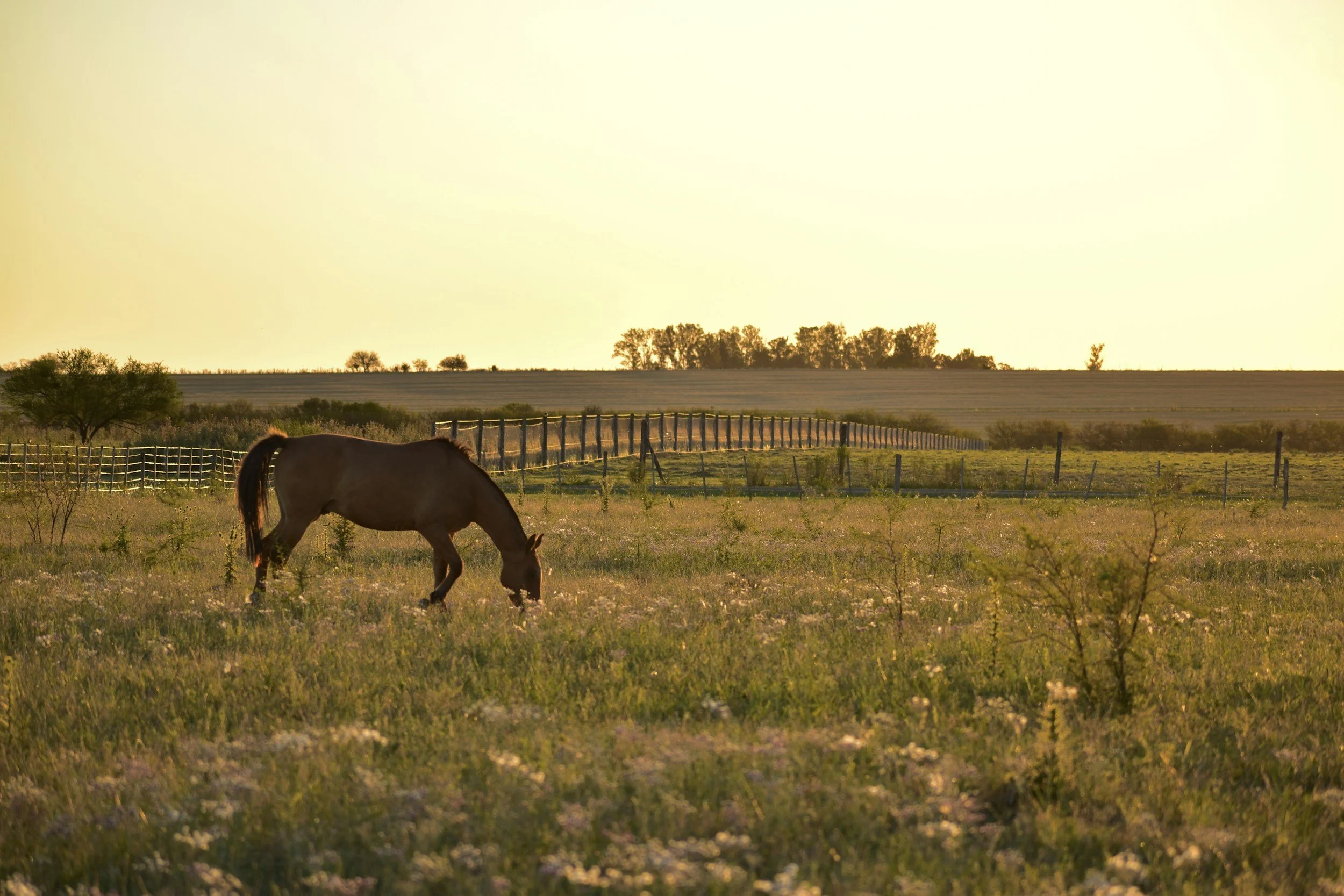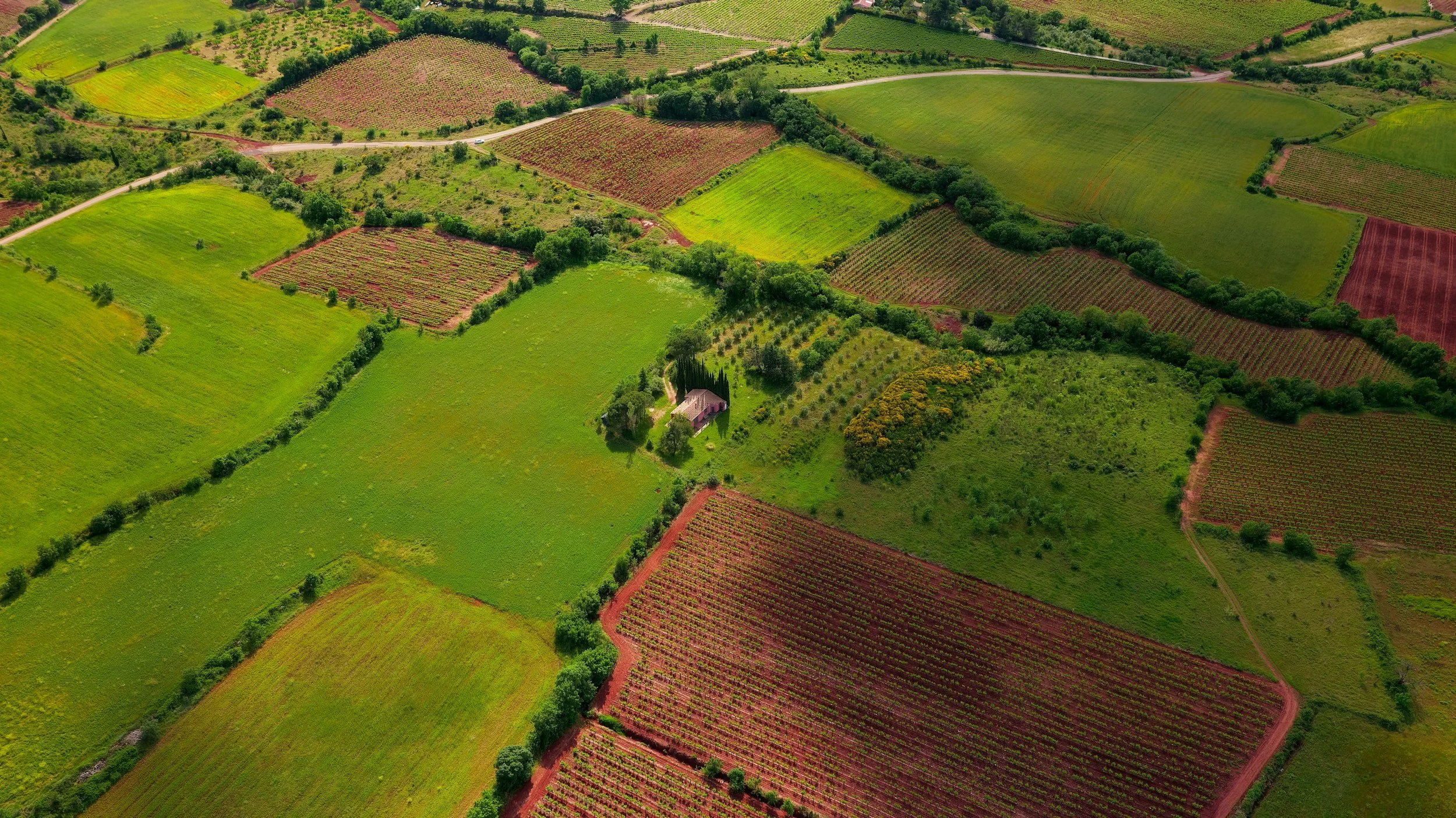By: Samuel Jones, Staff Member
Just as the smoke cleared from the illuminating display of fireworks, another firestorm erupted in Frankfort, KY, this time involving a much different type of smoke. Senator Perry Clark (D-Louisville) unveiled legislation to legalize the use of medicinal marijuana, and permit possession of small amounts of it without risk of criminal infraction. Senator Clark wanted to get an early start promoting the legislation to make marijuana available by prescription to cancer patients and others who would benefit from the "miracle plant."
[1]
The proposal explicitly states that it relates only to medicinal usage of marijuana, and allows for the creation of various statutes under KRS 218A, the Controlled Substance section of the KY Revised Statutes, to reduce the illegality of marijuana possession to a Schedule II drug, the same level as opiates, salts, and coca leaves.
[2]
Though Clark himself and many others see the passage of this bill as a long shot, Kentucky would become the 19
th
state (including D.C.) to legalize the use of marijuana, and thereby open the floodgates to a whole new industry that is turning significant profits.
While there are political, moral, and personal elements to this issue, the economic and agricultural aspects should not go unnoticed. Given Kentucky’s temperate climate, high precipitation, and large amounts of arable land, this state is prime real estate for marijuana growth. This makes it relatively easy for individuals to grow private stashes and doubly hard for law enforcement to control and eliminate its illegal production. In fact, in the 2010 KY Crime Report, over 34% of drug related arrests involved marijuana use or possession, and law enforcement has seen substantial increases in those amounts already.
The high amount of costs required to arrest offenders, charge and litigate cases, house convicted criminals, and provide rehabilitation costs no doubt takes a heavy toll on the state budget. In 2011, Kentucky’s General Assembly voted to reduce the charge of marijuana possession from a class A misdemeanor to a class B misdemeanor, reducing the jail sentence from a maximum of 90 days down to 45 days.
This was likely done to provide some relief to the heavy costs required to equip state officials in the war of illegal drug use and trafficking. It is obvious that battling illegal marijuana use is becoming expensive, so legislators are beginning to find new ways to reduce the costs of enforcing drug policy and possibly tap into the trending market.
Aside from easing the burden levied on tax payers for law enforcement, harnessing the possible industry of marijuana growth could also provide financial relief to a struggling economy. Other states that have legalized medicinal marijuana use have seen economic gains from marketing this drug that has demonstrated positive physical effects. It is estimated that Californians alone spend roughly $1.4 billion on medicinal marijuana, a large portion of that reverting back to the state government in forms of permits, licenses, and sales taxes.
In Colorado, the state collected $5 million in sales tax from medical marijuana distributors last year, more than doubling the revenue from the 2010.
With state funded institutions facing funding cuts and the rising number of arrests associated with marijuana possession, the state legislature needs to thoroughly examine all avenues of possible fundraising, one of those methods being the rising marijuana industry.
The decriminalization of medicinal marijuana will likely be a hot topic during the next session of the Kentucky General Assembly. The political debate is sure to cause divisions among the state residents, but the agricultural statistics are promising, as evidenced by other states that have legalized this type of use and seen financial gains. A thorough analysis of the potential agricultural and economic boom that could come to Kentucky after the legalization of marijuana should certainly be included in the legislative discussion.
[1]
Roger Alford,
Sen. Clark Moves to Legal
ize Medical Marijuana
,
Lexington Herald-Leader
, July 5, 2012,
.
[2]
2012 Bill Tracking KY S.B. 129;
See
KY. REV. STATE. ANN. §218A.070 (LexisNexis 2012).
[3]
17 Legal Medical Marijuana States and DC: Laws, Fees, and Possession Limits
, ProCon.org (July 7, 2012,
10:30PM)
http://medicalmarijuana.procon.org/view.resource.phpresourceID=000881#California
.
[4]
2010 Commw. of Ky. Crime Rep
. 102-104,
http://www.kentuckystatepolice.org/pdf/cik_2010.pdf
.
[5]
Assembly Ends Marijuana Arrests
, THE STATE JOURNAL (Mar. 6, 2011), http://www.state-
journal.com/citizen%20news/2011/03/06/assembly-ends-marijuana-arrests.
[6]
Rober A. Mikos,
A Critical Appraisal of the Department of Justice's New Approach to Medical Marijuana
22
Stan. L. & Pol'y Rev
633, 655 (2011).
[7]
Michael Cooper,
Struggling Cities Turn to a Crop for Cash
,
N.Y. Times
(Feb. 11, 2012)
http://www.nytimes.com/2012/02/12/us/cities-turn-to-a-crop-for-cash-medical-marijuana.html
.














